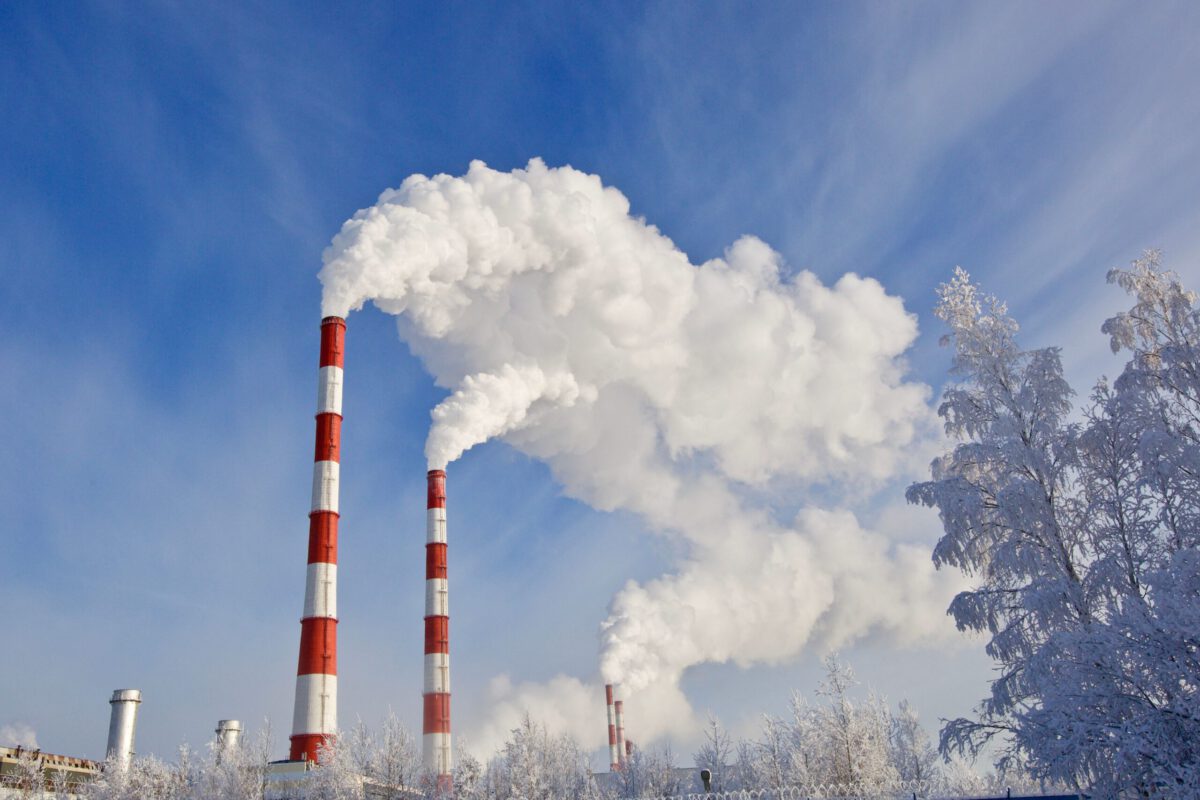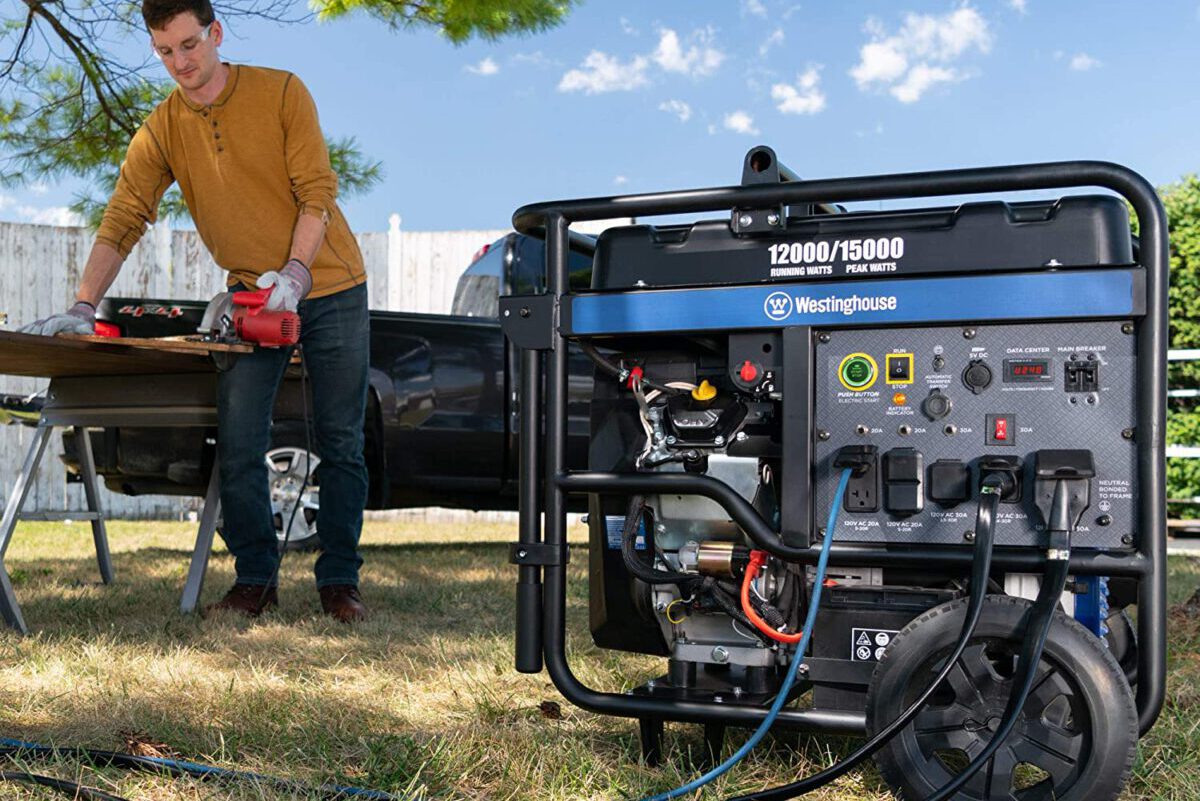How Achieving the Optimal Decarbonization Balance will Help Prevent Future Blackouts

Do you believe that coming up with a flexible, reliable, and sustainable solution can be the key to a renewable energy future? California boasts ambitious and tremendous renewable energy goals, which have made the State a global leader in accelerating decarbonization.
The State aims to reach 100% clean energy efficiency by 2045. While the goal is admirable, decarbonization is a proactive sector that needs commitment, innovation, and agility to reduce carbon dioxide emissions and minimize costs. Therefore, the plan needs in-depth research alongside state-of-the-art technology, collaboration, power system modeling, and innovation to better the process and policies.
In August 2020, California experienced massive blackouts that propelled the State’s quest to need a reliable energy source. They learned from the crisis, which has gained national and global interest. Leaders tried to understand what happened and what can be done to prevent the blackouts from happening again.

This unfortunate crisis became a case study and showed how unstable and unreliable power grids can be and what can be done to avoid these inconveniences in the future. Early January this year, the California body of regulators released their final report on the blackout.
The report included how the blackout originated from a historic heatwave and pushed electricity demand higher than energy supply. The excess demand then overburdened the grid and forced the State into an electrical emergency where homes lost power in hundreds of thousands.
Interestingly, during the blackout, power plants were running swiftly. This means there is a need to have flexible power plants that can run purely on natural gas and renewable fuels. The plants can then serve as long-term electricity storage. California would smoothly ride through excess demand periods without any blackouts with such firm generation capacity in place.
Flexible plants have a crucial role in enabling the rapid reduction of gases such as carbon dioxide and carbon monoxide. Decarbonization technology makes it conceivable to increase renewable energy without curtailment challenges.
A crisis like that in California stresses the need to develop solutions that can be set in place without a rise in the price of electricity. Having gas power companies and plants using renewable fuels will reduce solar capacities and battery storage, saving both land and money.



